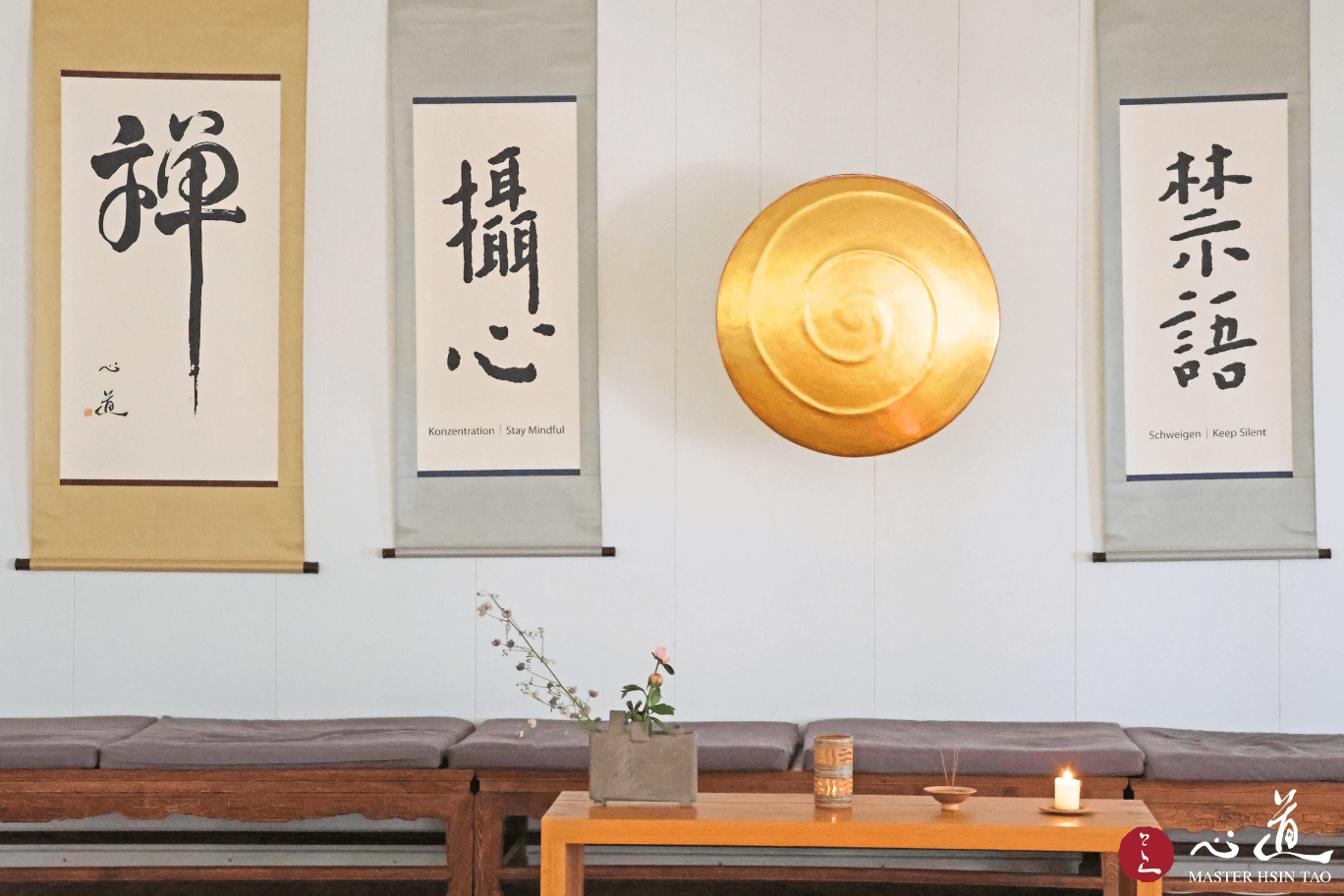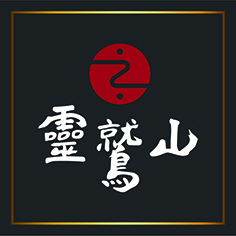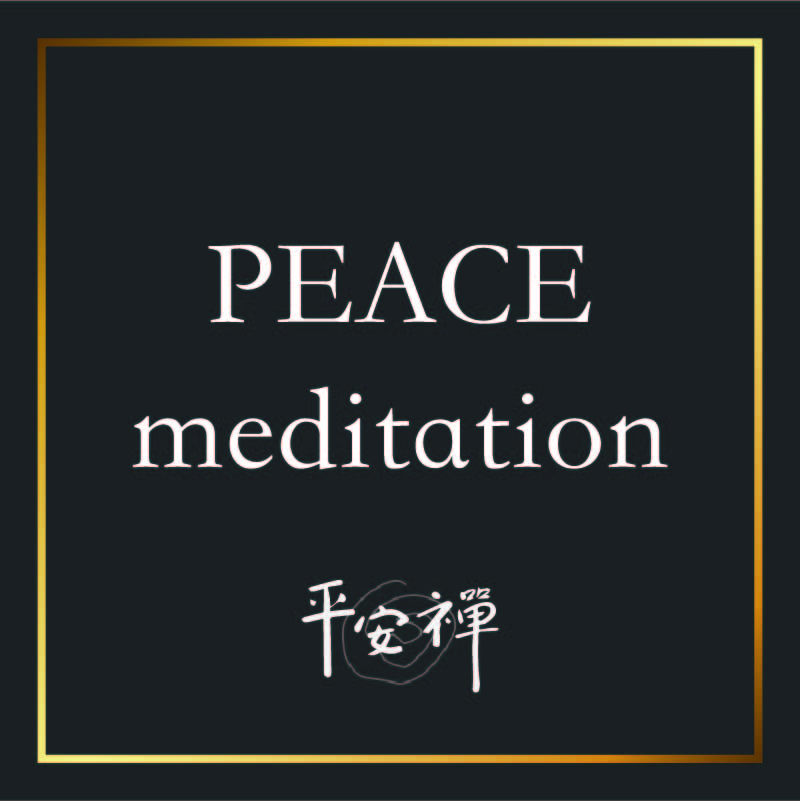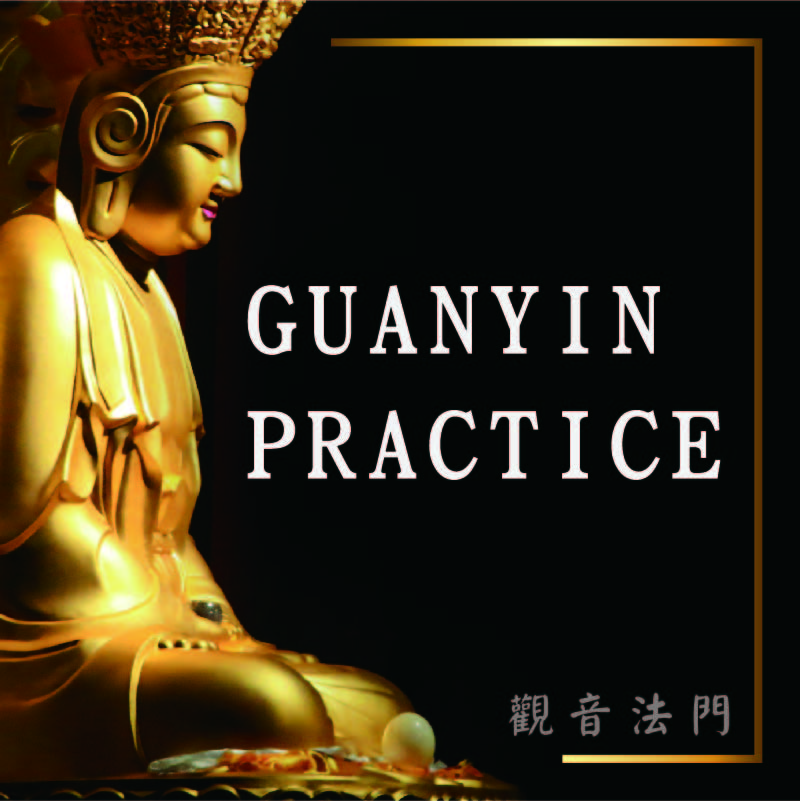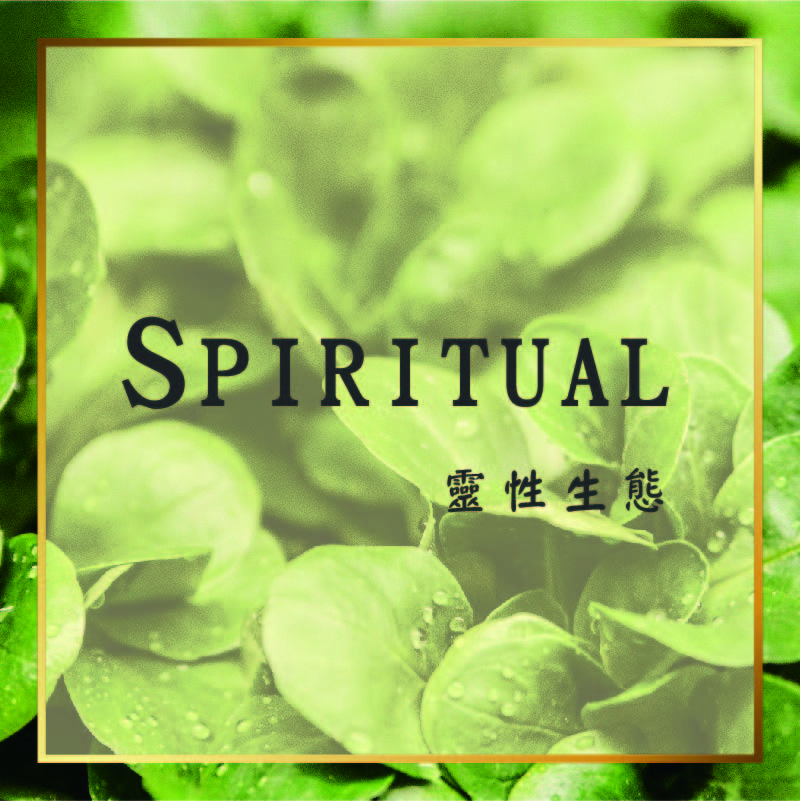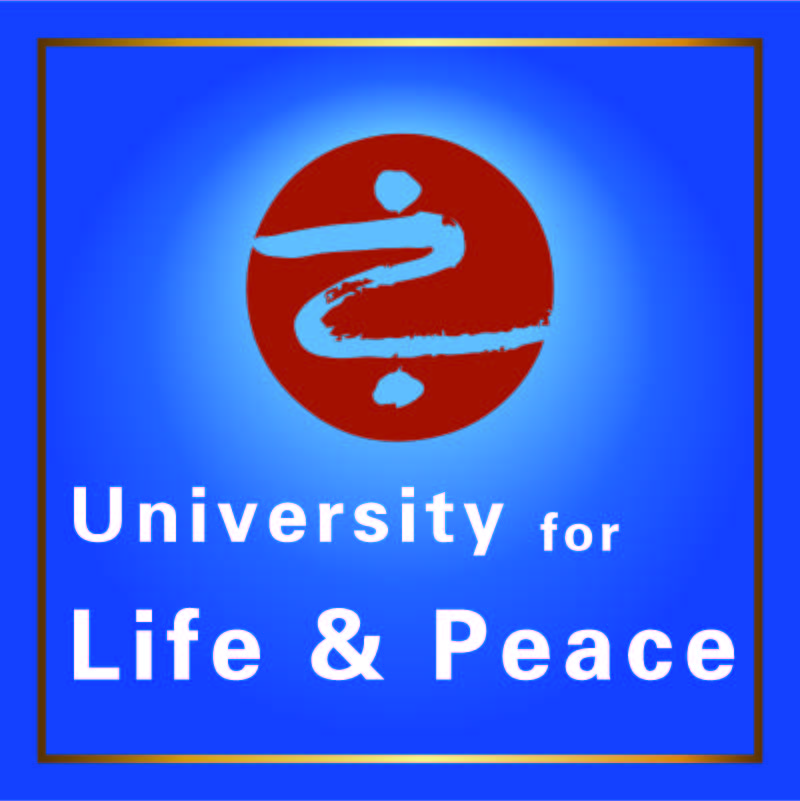
Sitting Meditation as a Return to the Mind
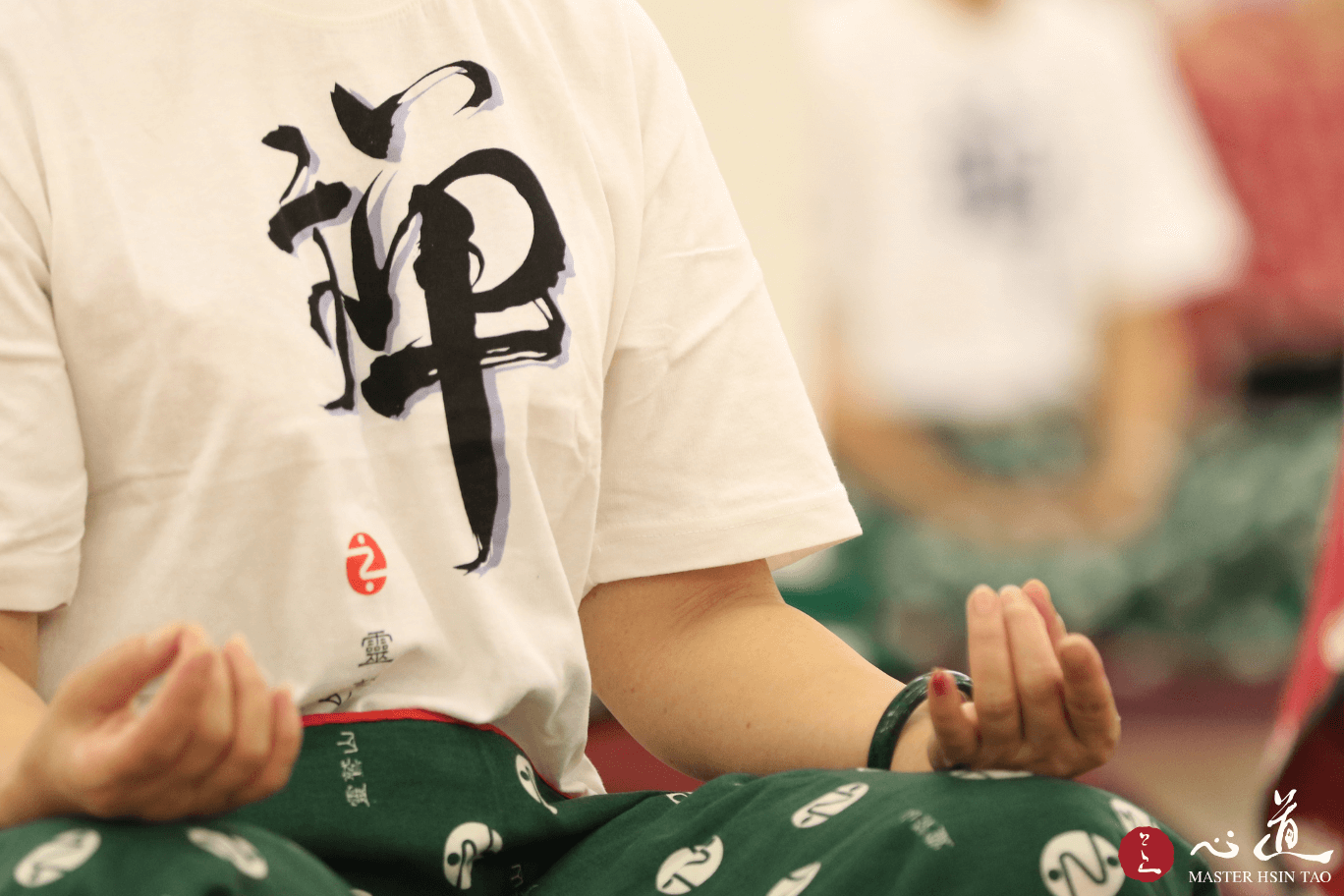 What is mind? Mind is infinite light and infinite life. Through Chan, we can uncover the mind, and from the mind return to the origin. What is this origin? It is the very state of mind. Generally, the mind is obscured by names and forms, and thus we cannot discern its true state. What, then, is the state of mind? It is precisely the absence of notions—that is, it is free from all names and forms. As stated in the Diamond Sutra, “to be free from all notions is the Buddha; there is nothing attainable.” Why, then, is the mind unchanging and of infinite life? Because all notions characterized by form are subject to decline, whereas the mind, being without notions, is not subject to decline. We must therefore continually contemplate and return to this notionless mind, cultivating the habit of no mistaking notions for the mind, but of taking notioneslessness as mind. This is the essential method I am teaching: only by cultivating Chan diligently can one transcend the afflictions of living and dying. Without such realization, entering the gate of the Dharma is impossible. Thus, we must recognize that the true purpose of sitting in meditation is to return to the mind itself. This is what we must learn, for it alone can truly help us to be free from suffering, attain happiness, and sever the afflictions of cyclic existence.
What is mind? Mind is infinite light and infinite life. Through Chan, we can uncover the mind, and from the mind return to the origin. What is this origin? It is the very state of mind. Generally, the mind is obscured by names and forms, and thus we cannot discern its true state. What, then, is the state of mind? It is precisely the absence of notions—that is, it is free from all names and forms. As stated in the Diamond Sutra, “to be free from all notions is the Buddha; there is nothing attainable.” Why, then, is the mind unchanging and of infinite life? Because all notions characterized by form are subject to decline, whereas the mind, being without notions, is not subject to decline. We must therefore continually contemplate and return to this notionless mind, cultivating the habit of no mistaking notions for the mind, but of taking notioneslessness as mind. This is the essential method I am teaching: only by cultivating Chan diligently can one transcend the afflictions of living and dying. Without such realization, entering the gate of the Dharma is impossible. Thus, we must recognize that the true purpose of sitting in meditation is to return to the mind itself. This is what we must learn, for it alone can truly help us to be free from suffering, attain happiness, and sever the afflictions of cyclic existence.
How, then, does one realize the mind? We can establish the view of prajna wisdom through the Diamond Sutra, and only by cultivating notionlessness can we return to the true nature of mind. Chan is prajna wisdom, and it is the insight that realizes all phenomena as impermanent and emptiness. Chan is the practice of observing the mind—looking directly at it. Yet the mind cannot be seen or grasped; it is subtle, elusive, and without any object that can be held. We must gradually contemplate from this standpoint, and thereby gain realization that liberates us from birth and death and cuts off afflictions.
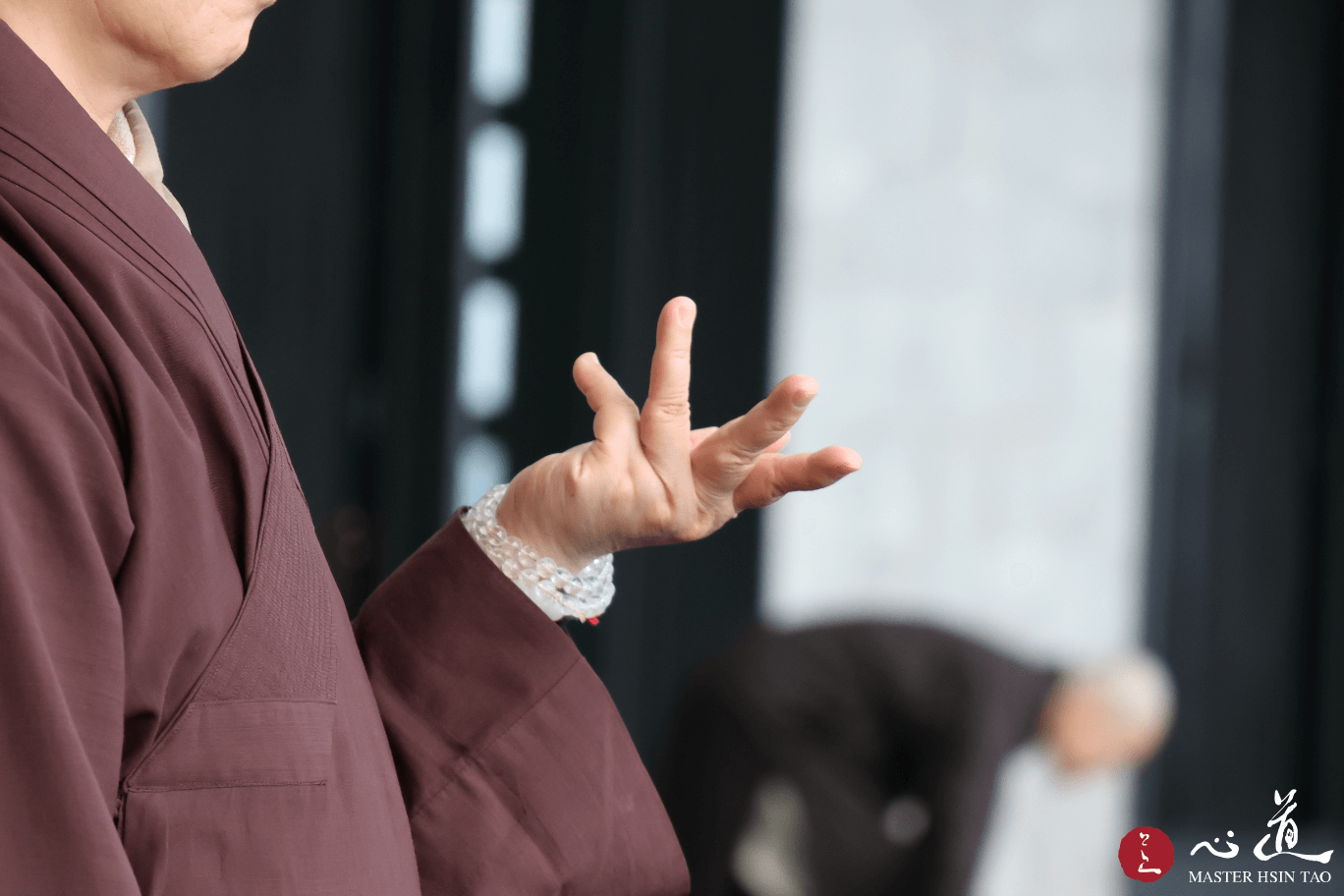 Chan teaches us to apprehend “notionlessness.” In Peace Meditation, the practice of “listening to silence” means to listen to the sound of no-sound, to hear the soundless sound. In the end, one resonates with the mind itself and returns to the original ground of mind. Only through resonance with the mind can one be free from suffering and attain happiness; otherwise, one remains within arising and ceasing, entangled in afflictions and pain. Peace Meditation instructs practitioners to cultivate through listening—to uncover the mind and uncover one’s original face. One should not be troubled by leg pain or discomfort, for these arise because the mind is restless and unsettled. One must learn patience: listening until it becomes natural, letting go of everything. It is essential to develop the habit of sitting meditation, regularly and steadfastly, until it becomes an integral part of one’s daily life.
Chan teaches us to apprehend “notionlessness.” In Peace Meditation, the practice of “listening to silence” means to listen to the sound of no-sound, to hear the soundless sound. In the end, one resonates with the mind itself and returns to the original ground of mind. Only through resonance with the mind can one be free from suffering and attain happiness; otherwise, one remains within arising and ceasing, entangled in afflictions and pain. Peace Meditation instructs practitioners to cultivate through listening—to uncover the mind and uncover one’s original face. One should not be troubled by leg pain or discomfort, for these arise because the mind is restless and unsettled. One must learn patience: listening until it becomes natural, letting go of everything. It is essential to develop the habit of sitting meditation, regularly and steadfastly, until it becomes an integral part of one’s daily life.



